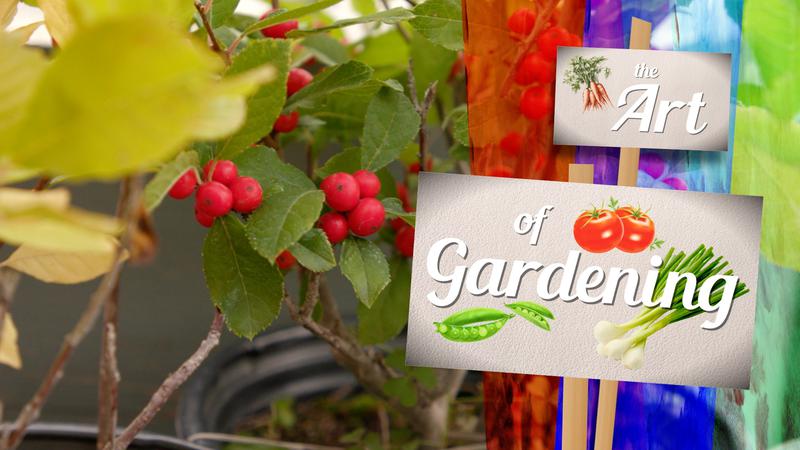
Captive-born burrowing owls begin journey to freedom
KAMLOOPS — Staff and volunteers of the Burrowing Owl Conservation Society were busy banding birds at the BC Wildlife Park Friday.
More than 100 burrowing owls born in captivity will be released into grasslands around the province.
Burrowing owls are considered extirpated, or extinct, in B.C., and they are an endangered species across Canada.


